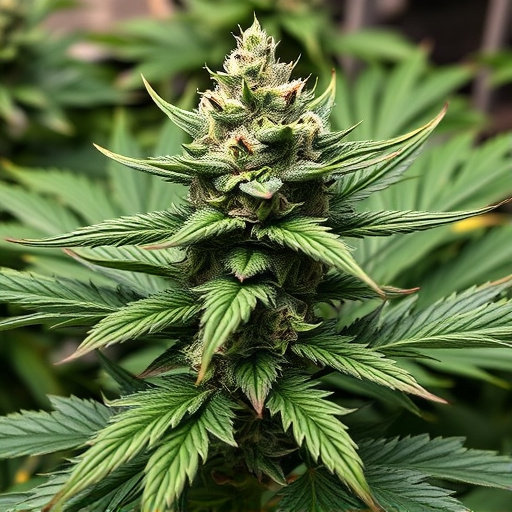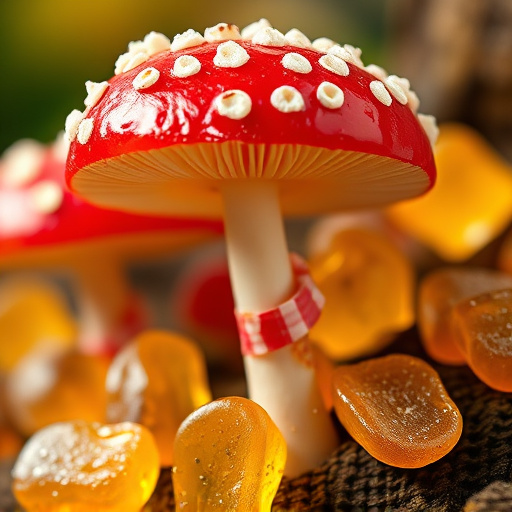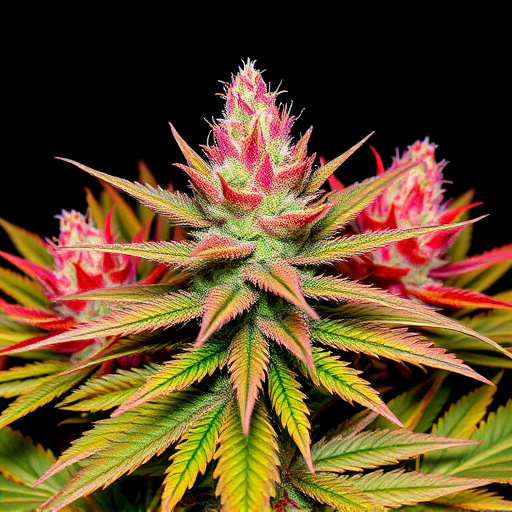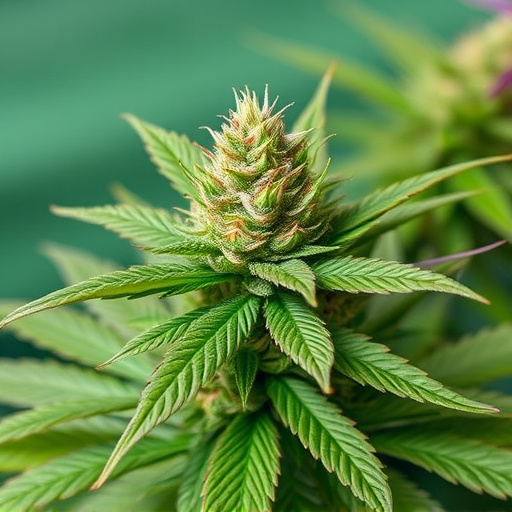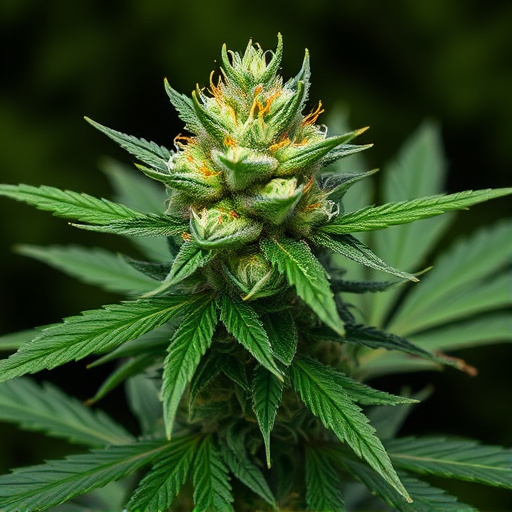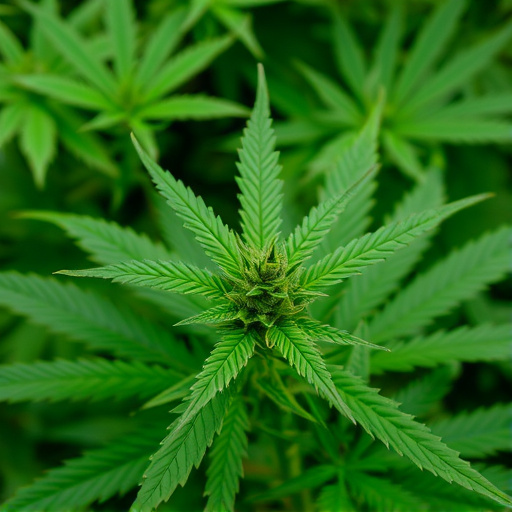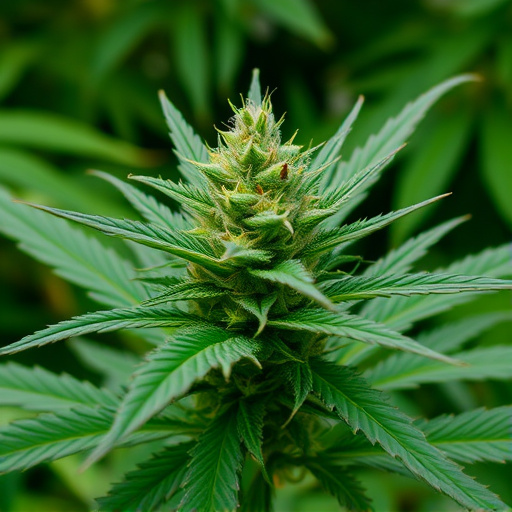The unique scents and therapeutic effects of different cannabis strains stem from genetic diversity, primarily driven by terpene compositions—over 100 distinct terpenes identified thus far. These essential oils not only create complex aromas but also interact with cannabinoids, influencing their therapeutic attributes. Environmental factors like climate, soil, and cultivation techniques significantly impact terpene profiles, leading to geographical variations in cannabis strains' scents. Extraction methods, such as solvent extraction, CO2 extraction, and steam distillation, dramatically affect the final product's aroma and effects, offering consumers a diverse sensory experience tailored to their preferences.
Unraveling the intricate world of cannabis aroma is a fascinating journey, as the scent we perceive is not merely a byproduct but a key indicator of its effects. This article explores what determines the diverse aromas of cannabis strains, delving into three primary aspects. We examine how genetic makeup and terpene profiles create unique scents, the influence of environmental factors during growth, and the role of extraction methods in unlocking different aromatic potentials, all of which contribute to the vast spectrum of cannabis experiences.
- Genetic Makeup and Terpene Profiles: The Foundation of Cannabis Scent
- Environmental Factors: Nurturing the Aroma
- Extraction Methods: Unlocking Different Aromatic Potential
Genetic Makeup and Terpene Profiles: The Foundation of Cannabis Scent
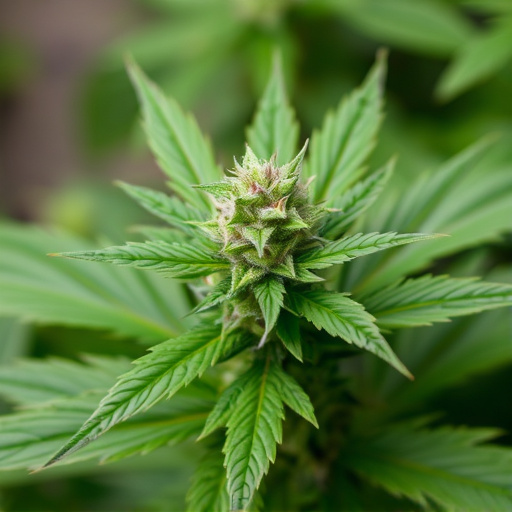
The genetic makeup of cannabis plants plays a fundamental role in shaping their unique aromas, as each strain possesses distinct characteristics that contribute to its scent profile. These genetic differences lead to varied terpene compositions, which are essential oil compounds responsible for the recognizable scents associated with different cannabis strains and their corresponding effects. Terpenes not only add complexity to the smell but also interact with cannabinoids, enhancing or modifying their therapeutic properties.
Cannabis plants produce over 100 different terpenes, each with its own aroma and potential benefits. For instance, myrcene is often linked to earthy and musky scents, while limonene offers a citrusy twist. Pinene has a pine-like fragrance, and linalool is known for its floral notes. The interplay between these terpenes and cannabinoids creates the diverse range of aromas and effects experienced by consumers, making every cannabis strain a unique sensory experience.
Environmental Factors: Nurturing the Aroma
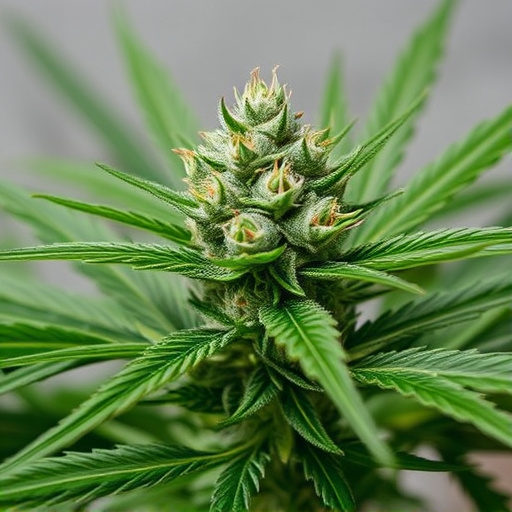
The environment in which cannabis plants are cultivated plays a significant role in shaping their unique aromas. Factors like climate, soil composition, and cultivation techniques can greatly impact the development of various terpene profiles. For instance, cannabis strains grown in different geographical regions may exhibit distinct scents due to varying temperatures and humidity levels. Warmer climates often encourage the production of more volatile terpenes, resulting in floral or fruity notes, while cooler environments might foster earthier, woodsy aromas.
Additionally, the choice of growing medium and fertilization techniques contribute to the overall aroma profile. Well-fertilized plants tend to exude richer, more intense scents as a result of enhanced metabolic activity. Outdoor cultivation allows cannabis strains to absorb surrounding scents, leading to complex blends that reflect their specific environments. This natural process creates diverse aromas, enhancing the experience for consumers looking to understand and appreciate the unique characteristics of different cannabis strains and their associated effects.
Extraction Methods: Unlocking Different Aromatic Potential
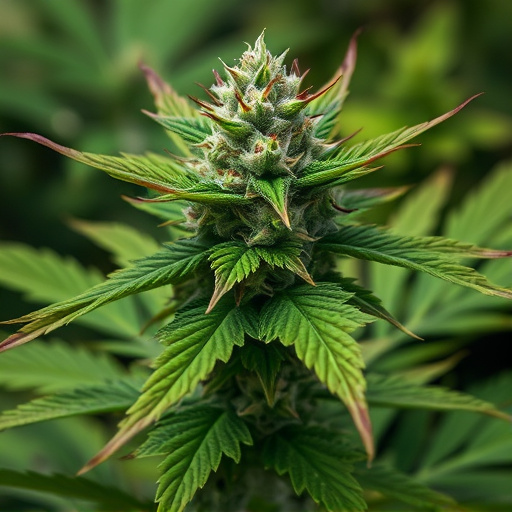
The extraction methods used play a pivotal role in unlocking the diverse aromatic potential of cannabis strains. Different techniques, like solvent extraction, CO2 extraction, and steam distillation, each yield unique terpene profiles. For instance, solvent extraction can preserve more volatile compounds, enhancing specific aromas while altering others. Conversely, CO2 extraction is renowned for its ability to produce highly concentrated oils with intact terpenes, often preserving the original cannabis strain’s distinct scent and taste.
Understanding these methods helps consumers appreciate the nuances in cannabis strains and their effects. Each extraction approach has its advantages, catering to various preferences for aroma and potency. Whether seeking a strain known for its fruity notes or those with earthy undertones, the chosen extraction method significantly influences the final product’s aromatic experience.
The unique aroma of cannabis is a complex interplay between its genetic makeup, environmental conditions, and extraction techniques. Understanding these factors is key to appreciating the diverse scents and effects of different cannabis strains. By exploring the intricacies of terpene profiles, environmental influences, and extraction methods, we unlock a deeper connection with this versatile plant, enabling us to choose strains that not only cater to our senses but also offer tailored experiences for relaxation, stimulation, or therapeutic benefits.

